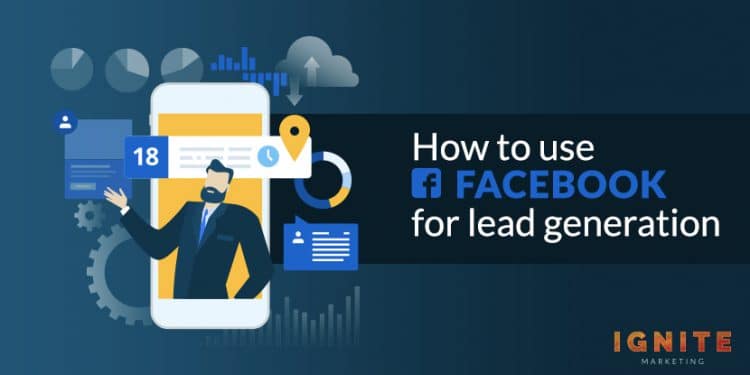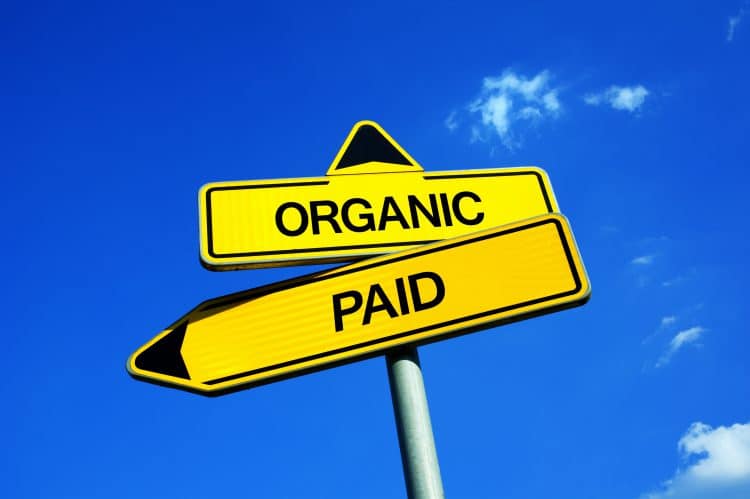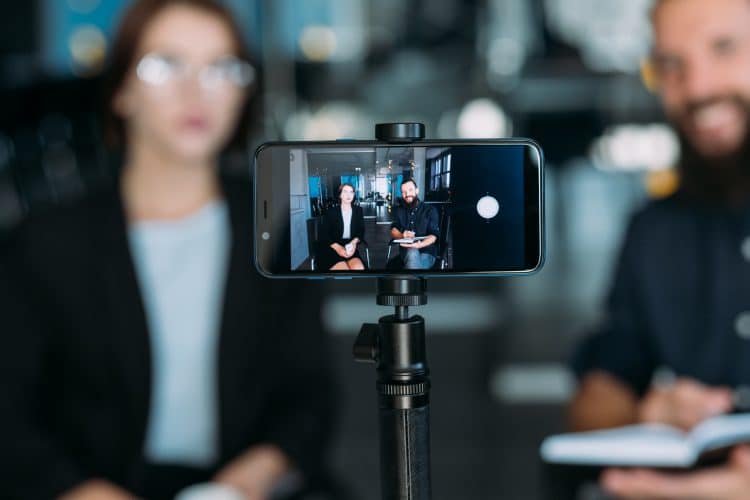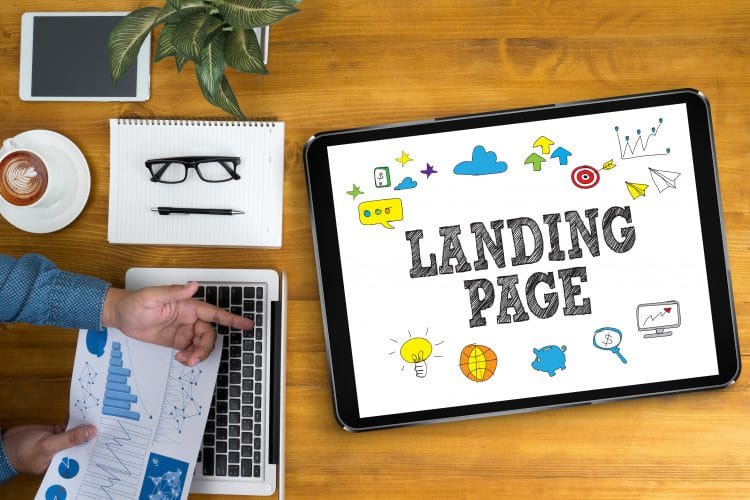


Facebook is the most popular and marketing-friendly social media platform ever to exist.
With more than 2.4 million monthly active users and a wide variety of posting methods, there is simply no better way to reach a broad audience with targeted lead generation messages.
While Facebook is a great lead generation tool, you can't just make a text post begging for your followers' contact information. To consistently get the contact information of consumers interested in your product or service, you need to employ some more advanced methods.
This article will discuss those methods in depth.

Assuming you have a marketing budget to work with, buying lead generation ads are an excellent way to get contact information from interested consumers.
This ad type is basically a promoted form. You can use it to get the contact details of interested consumers in exchange for a lead magnet offer. Once the user submits the form, they can submit it to receive their free discount or download.
Facebook lead ads have a few advantages over other lead generation formats.
First of all, these forms are pre-filled with the consumer's information. Because Facebook already knows the names, email addresses, and phone numbers of its users, it can make the form submission a simple one-click process.
A pre-filled form makes it much easier to get more information. While many marketers would love to get a bunch of information from their leads, asking people to fill in five text fields will cause many to give up and exit the page.
Thanks to the form auto-fill feature, Facebook lead generation ads eliminate that risk. It's easier to get four pieces of information from a lead ad than it is to get one from a website lead magnet offer.
Many consumers will do just about anything if it's convenient and free. And you can't get much easier than a one-click signup.
Facebook users don't like leaving Facebook.
While some will head to your website to claim a lead magnet offer, the majority will find it inconvenient to exit the addictive Facebook scrolling experience to visit a site they've never been to before.
Users don't need to leave Facebook when they click on lead generation ads. They can sign up for the offer, get the offer sent to their email address, and continue on their way.
Once your ad has collected a sizable number of leads, you can sync the whole list with your preferred customer relationship management (CRM) software. Facebook is compatible with most major CRM software options, so you should be alright unless you're using a newer niche program.
You can also download the list as a .csv file if you have a spreadsheet to update.

Lead gen ads are great, but they cost money. If you want to generate leads on Facebook without diving into your marketing budget, organic posts are the way to go.
To help you refine your organic Facebook lead generation strategy, use these tried and true techniques.
If you've created a landing page for a lead magnet offer, sharing that page on Facebook can bring in interested traffic.
To ensure your post stands out from the glut of content filling your viewer's feeds, add a captivating featured image to the landing page. Facebook will pull the image when you insert the URL into the share box and show it alongside your landing page content.
You'll also want to edit the post title to include a clear and compelling call-to-action. If your landing page is titled "Free eBook Offer," you should change it to something like "Get your free eBook now!". Making it clear where you're sending people will likely produce a higher clickthrough rate and bring in more leads.
Not all blog posts are created equal. Some produce more leads than others.
If you've successfully set up lead-tracking in Google Analytics or another website analytics software, you can determine which pages are generating the most leads.
By sharing that content with your Facebook followers, you will likely get more leads than by sharing another post that isn't as successful.
According to Social Bakers, videos posted on Facebook have a 135% greater organic than photo posts.
If you've created any videos for lead generation purposes, you can share them on Facebook to reach more people than you would with a blog or image post.
If you don't have any videos yet, no worries, it's relatively simple to convert existing blog posts into video content.

As long as you have an HD camera (standard on most smartphones) and a decent microphone, you can re-read your post and record yourself giving an oral summary of the information.
Finish with a call-to-action advertising your lead magnet offer, and you've got yourself a winning piece of content that can generate leads with a simple Facebook share.
Facebook allows you to pin posts to the top of your page's feed. Pinning a post keeps it at the top of your feed for seven days, after which it will return to its original position.
You can pin any kind of post, so I recommend using whichever piece of content you think will generate the most leads.
About five years ago, Facebook added the option for business pages to add a prominent call to action button to the top of their page. You can use this button to drive traffic to any page on your website, including a lead generation form.
If you want to up your Facebook lead generation game, you can coordinate this button with other features on your page. Design a custom cover photo to match the CTA and add a pinned post also links to the same lead generation offer.
If you're going to be using an organic lead generation method, you'll need a landing page to send visitors to.
As you're not asking the visitor to buy anything, you don't need to make a complicated sales page filled with compelling copy and imagery. Placing a form front and center as soon as the page loads will likely generate the most leads. If the lead generation offer is particularly complex, you can always provide additional information after you post the form.
Here are a few more tips for creating a landing page optimized for conversions.

If you use the incredible reach and flexibility of Facebook for lead generation purposes, you can attract a ton of interested consumers in a relatively short amount of time.
To recap, here are some of the best ways to use Facebook for lead generation.
